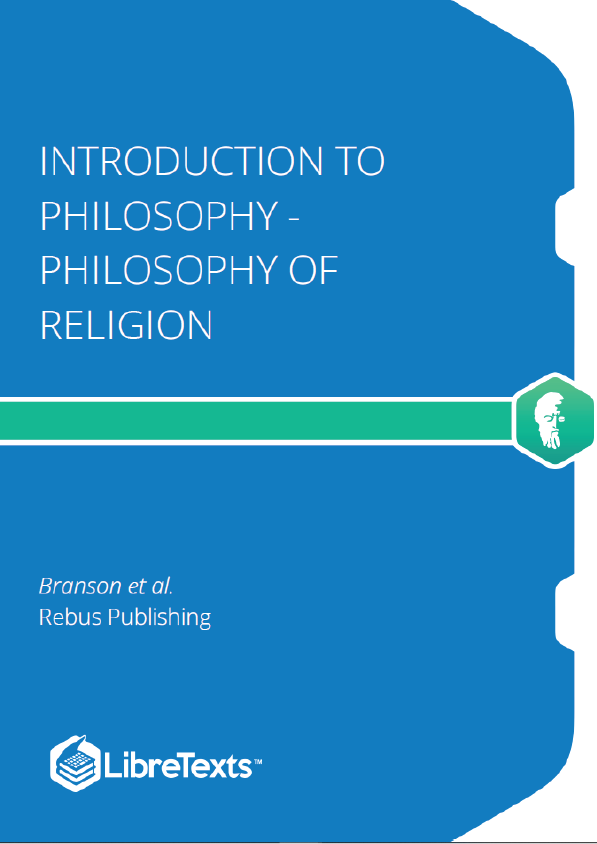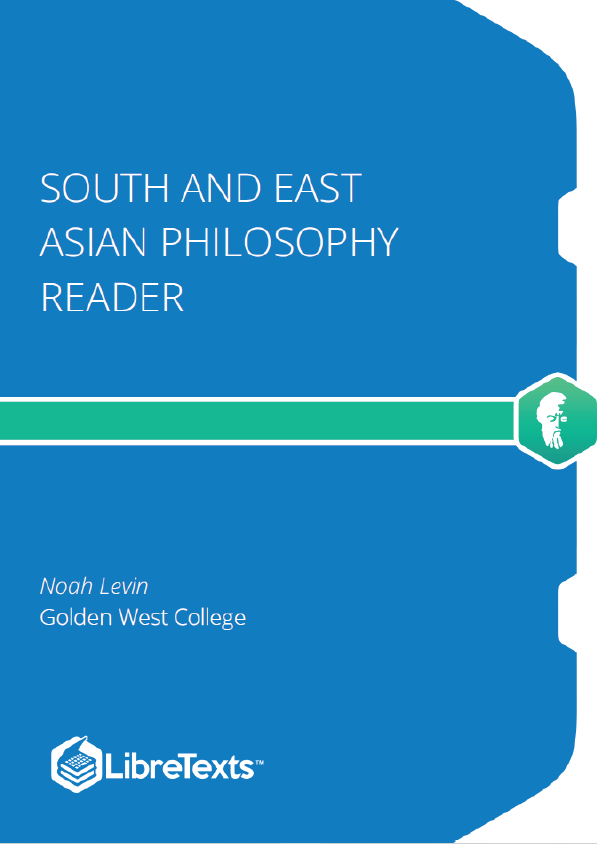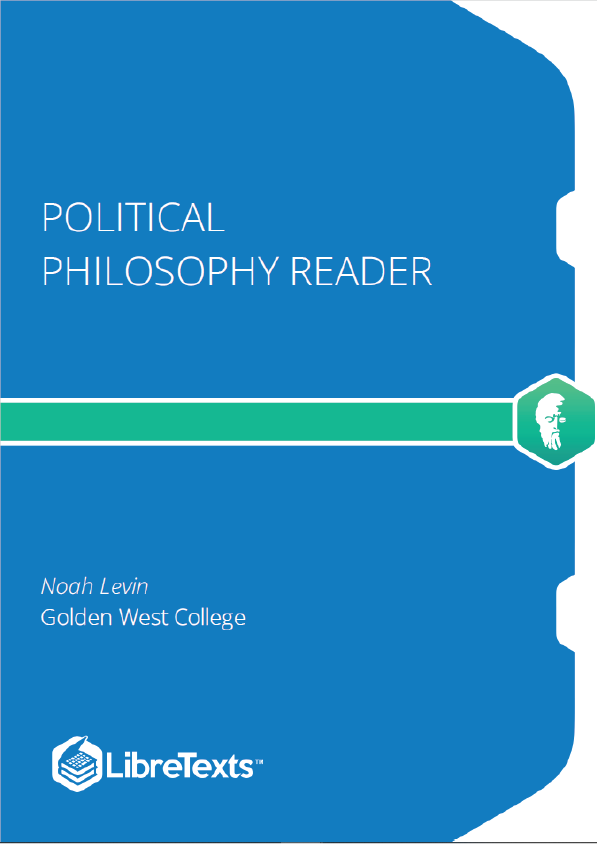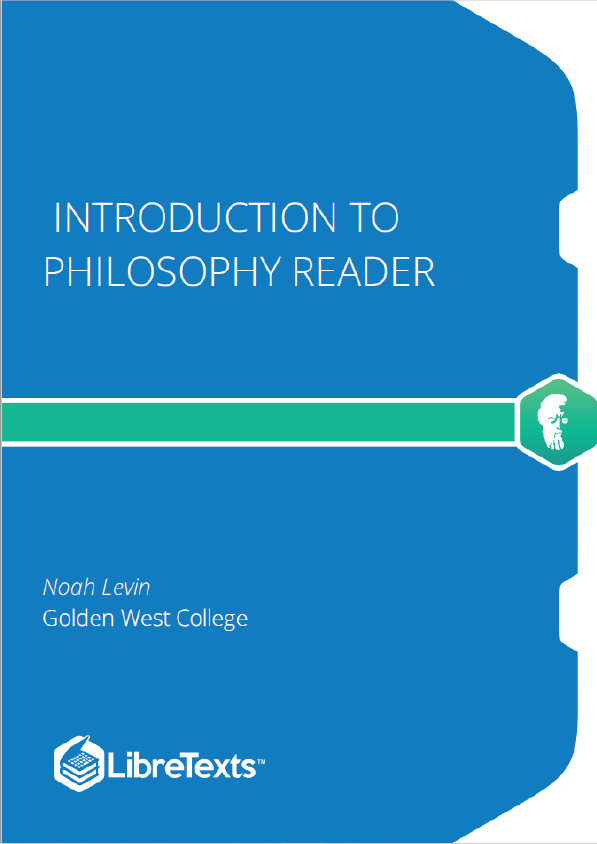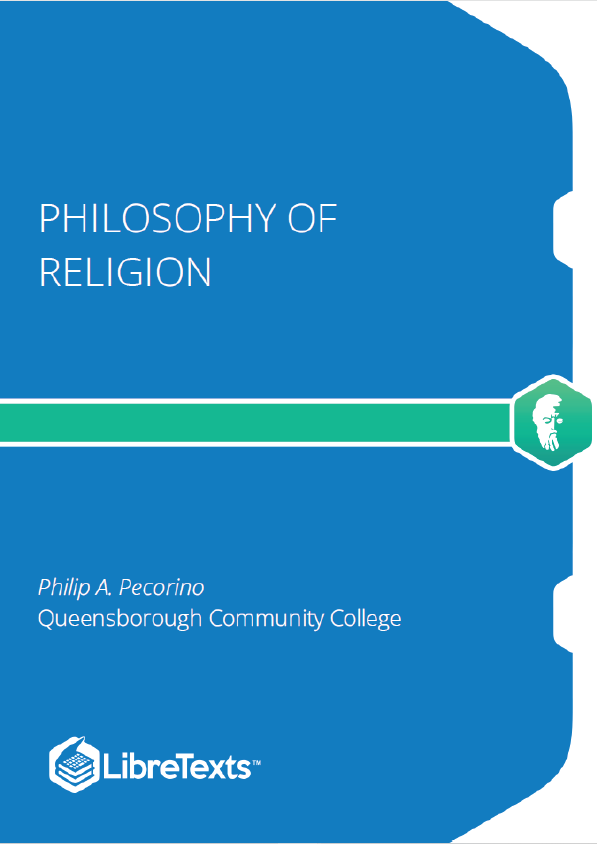The distance from us of the objects of sight
Everyone accepts, I think, that distance itself can’t be immediately seen. Distance is a line directed end-wise to the eye, so it projects only one point onto the fund of the eye, and this point is always the same, whether the distance is longer or shorter. [The ‘fundof the eye’ often appears as ‘the fund of the eye or retina’, and from now on will be replaced by ‘retina’.]
I find it also to be generally ·acknowledged that our estimate of the distance of considerably remote objects is an act of •judgment based on experience rather than of •sense. When I perceive many intermediate objects—houses, fields, rivers, and the like —which I have experienced to take up a considerable space, this leads me to judge or conclude that the object I see beyond them is at a great distance. And when an object appears faint and small, though at a near distance I have experienced it to make a vigorous and large appearance, I instantly conclude it to be far off; and this is obviously the result of experience, without which I wouldn’t have inferred anything concerning •the distance of objects from •the faintness and littleness ·of their appearance·.
But when an object is near enough to me for the distance between my eyes to be a significant proportion of the distance to the object, the theoreticians hold that the two optic axes meeting at the object make an angle by means of which the object is perceived to be nearer or further off depending on the size of that angle. [Berkeley adds to ‘two optic axes’ the aside ‘the fancy that we see with only one eye at once being exploded’.]
There’s a remarkable difference between these two ways of estimating distance: whereas •there appears to be no necessary connection between small distance and a large strong appearance, or between large distance and a small faint appearance, •there appears to be a very necessary connection between an obtuse angle and near distance, and an acute angle and further distance. The latter doesn’t in the least depend on experience; someone with no experience of this can know for sure that •the nearer the meeting point of the optic axes the larger the angle, and •the remoter their meeting-point is, the smaller will be the angle that they make.
Writers on optics mention another way in which, they say, we judge of distances that are significantly related to the breadth of the pupil ·of a single eye·. It depends on the larger or lesser divergence of the rays that reach the pupil from the visible point: the more (or less) the rays diverge, the nearer (or further) the point is judged to be. As the divergence of the rays decreases until they are to sense parallel, the apparent distance increases until it becomes infinite. This, it is said, is how we perceive distance when we look with only one eye.




